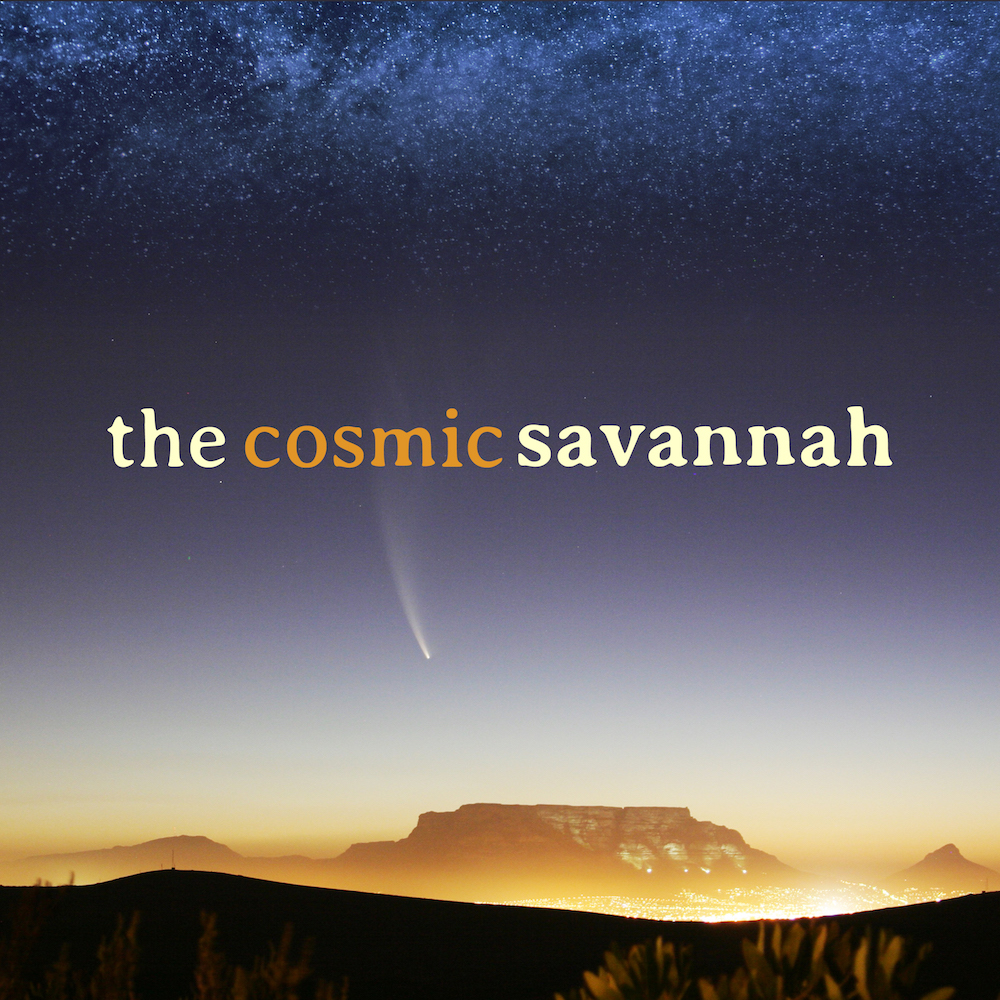The Actual Astronomy Podcast presents What to See In The Winter Sky Before It’s Gone. With poor skies so far this year Chris and Shane plan their end of winter observations including lots of faint nebulae, some galaxies, bright clusters and a bit of history.








